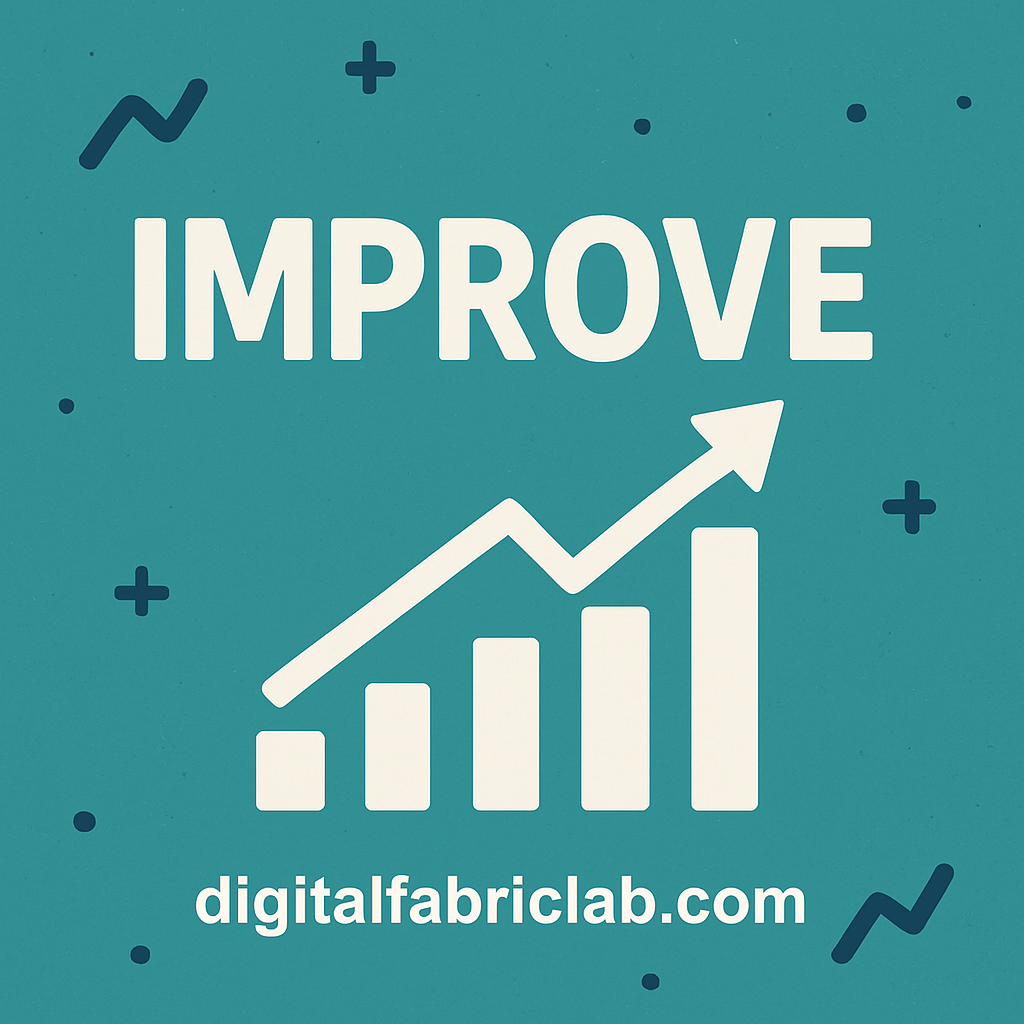Understanding dh58goh9.7: Challenges and Opportunities
The term improve dh58goh9.7 refers to a specific framework or methodology that plays a pivotal role in various industries, particularly in technology and project management. Its significance lies in its ability to streamline operations, enhance efficiency, and foster innovative solutions. However, to fully leverage dh58goh9.7, users often encounter several challenges that can hinder its effectiveness.
One of the primary challenges associated with improve dh58goh9.7 is the steep learning curve that many users face when attempting to adopt this framework. Without adequate training and resources, individuals and organizations may struggle to grasp the complexities of its implementation. Additionally, the integration of improve dh58goh9.7 into existing systems can pose significant difficulties, particularly if there is a lack of compatibility with legacy software or processes.
Moreover, as the demands of the industry evolve, users may find that their previous understanding of dh58goh9.7 becomes obsolete, requiring them to continuously update their skills and knowledge. This constant need for adaptation can lead to frustration and decreased productivity. However, these challenges also present opportunities for improvement. By investing in comprehensive training programs and resources, organizations can empower their teams to effectively utilize dh58goh9.7, transforming potential obstacles into valuable learning experiences.
Furthermore, by analyzing key metrics and performance indicators associated with improve dh58goh9.7, users can identify areas for improvement and innovation. Regular assessments can provide insights that drive enhancements in both the application of the framework and its integration into broader project initiatives. Through addressing these challenges proactively, organizations can unlock the full potential of dh58goh9.7, ultimately leading to improved performance and successful project outcomes.
Key Strategies to Improve dh58goh9.7
Improving dh58goh9.7 can be a multifaceted endeavor, requiring a combination of strategic planning and tactical execution. To achieve meaningful enhancements, it is important to employ specific, actionable strategies that can lead to immediate results. Here are several key approaches to consider:
1. Comprehensive Training Programs: A robust training program for all stakeholders involved in the dh58goh9.7 process can significantly lead to improvements. For instance, companies that focus on continuous education have reported a measurable increase in productivity and effectiveness. Conducting workshops, seminars, and online courses can empower team members with new skills and knowledge necessary for optimizing their contributions to dh58goh9.7.
2. Data-Driven Decision Making: Utilizing analytical tools to collect and analyze data related to dh58goh9.7 can provide valuable insights. Organizations that implement data analytics to scrutinize performance metrics often discover inefficiencies and opportunities for enhancement. For example, a case study involving a manufacturing firm revealed that by closely analyzing production data, they were able to reduce waste and improve overall quality, directly impacting their dh58goh9.7 outcomes.
3. Foster Collaboration and Communication: Enhancing communication channels within teams is critical for improving dh58goh9.7. Initiatives such as cross-functional meetings and collaboration software can facilitate better information sharing. As evidenced by a tech startup that implemented regular team huddles, open lines of communication led to innovative problem-solving, ultimately enhancing their operational metrics related to dh58goh9.7.
4. Continuous Feedback Loops: Establishing a system for continuous feedback allows for ongoing adjustments and improvements to the dh58goh9.7 strategy. Companies that adopt agile methodologies, systematically collecting feedback from team members and stakeholders, have shown a marked improvement in their processes. This iterative approach ensures that adjustments are made in real-time, optimizing overall performance.
Incorporating these strategies can provide a comprehensive framework for organizations aiming to improve dh58goh9.7, facilitating sustainable growth and development over time.
Tools and Resources for Enhancing dh58goh9.7

To effectively improve dh58goh9.7, leveraging the right tools and resources is essential. There exists a diverse range of software solutions, platforms, and community support systems designed to facilitate enhancement in various project domains. Selecting the appropriate tools can streamline processes, enhance collaboration, and ultimately lead to more successful outcomes.
Software tools play a critical role in improving improve dh58goh9.7 Project management software such as Trello, Asana, and Jira can help teams plan, track progress, and communicate effectively, ensuring everyone is aligned towards common objectives. These platforms typically offer features like task assignment, deadlines, and progress tracking, which can greatly improve efficiency. Additionally, software that assists in data analysis, like Tableau or Microsoft Power BI, can provide insights that are valuable for informing decisions and strategies tied to the improvement of improve dh58goh9.7.
In addition to software tools, open-source platforms such as GitHub provide collaborative environments that allow multiple users to contribute, share, and improve projects together. This collective approach can significantly elevate the quality of work related to improve dh58goh9.7, enables knowledge sharing, and fosters innovation. Forums and online communities, such as Reddit and Stack Overflow, also serve as excellent resources, allowing users to ask questions, share experiences, and seek advice on best practices which can lead to improved outcomes in their projects.
Furthermore, investing in premium options might be beneficial for organizations looking for more specialized features and support. Platforms like Microsoft Project or Smartsheet offer robust tools tailored for detailed project management. Regardless of the route chosen, utilizing these tools strategically can lead to substantial improvements in dh58goh9.7 and contribute significantly to project success.
Measuring Success: Metrics for Improving dh58goh9.7
To effectively improve dh58goh9.7, it is essential to establish a framework for measuring success. Implementing key performance indicators (KPIs) provides quantitative metrics that can evaluate the impact of the improvements made. These KPIs should be carefully selected to align with the specific goals set for the project. Common metrics include overall project efficiency, quality of output, and stakeholder satisfaction rates.
Benchmarks for success should be derived from both industry standards and historical data within the organization. This allows for a comparative analysis of performance over time. Establishing these benchmarks helps in identifying areas of strength and opportunities for further development. Organizations can track performance against these benchmarks through regular reporting and analysis, ensuring that the improvements to dh58goh9.7 are both significant and sustainable.
In tracking progress, it is pivotal to incorporate both qualitative and quantitative methods. Surveys and feedback from stakeholders provide improve dh58goh9.7 valuable insights into the subjective experiences associated with the changes implemented. Meanwhile, quantitative data offers an objective view that can validate subjective findings. Combining these methods will yield a holistic view of the effectiveness of improvements to dh58goh9.7.
Continuous evaluation and adjustment are best practices that enhance the likelihood of maintaining improvements over time. Regularly revisiting the established KPIs and success benchmarks allows teams to gauge ongoing performance and make data-driven decisions. If the metrics indicate stagnation or decline, revisiting the strategies implemented can facilitate improve dh58goh9.7 timely adjustments. This iterative process not only enhances the project outcomes but also fosters a culture of continuous improvement in the organization.


